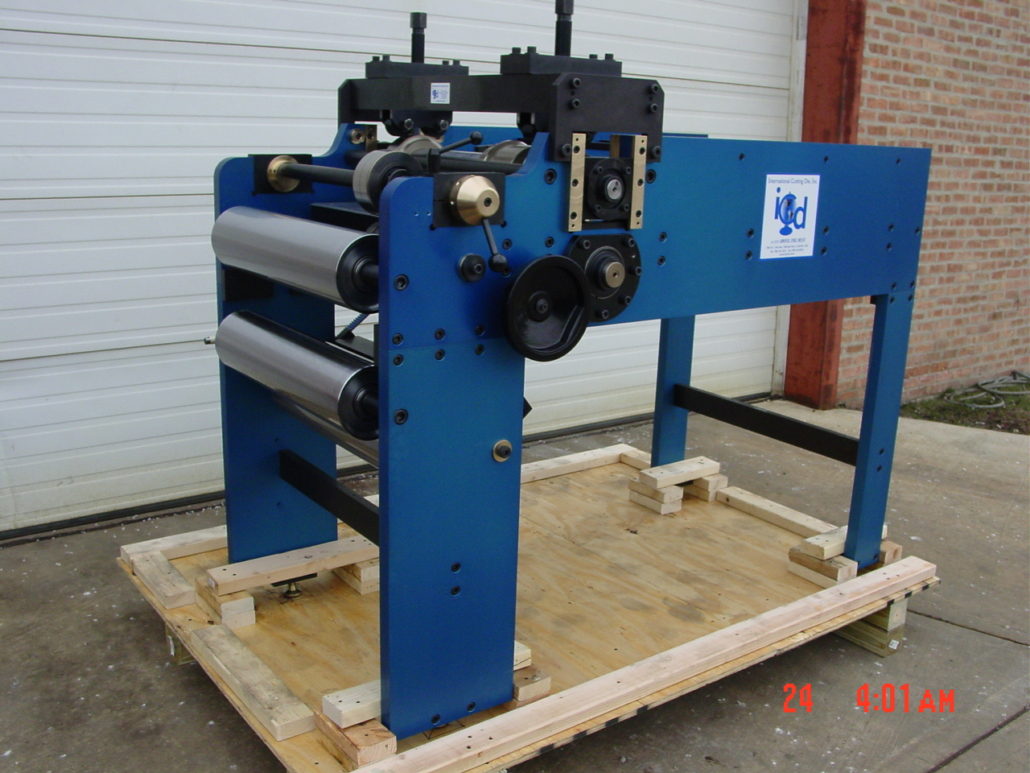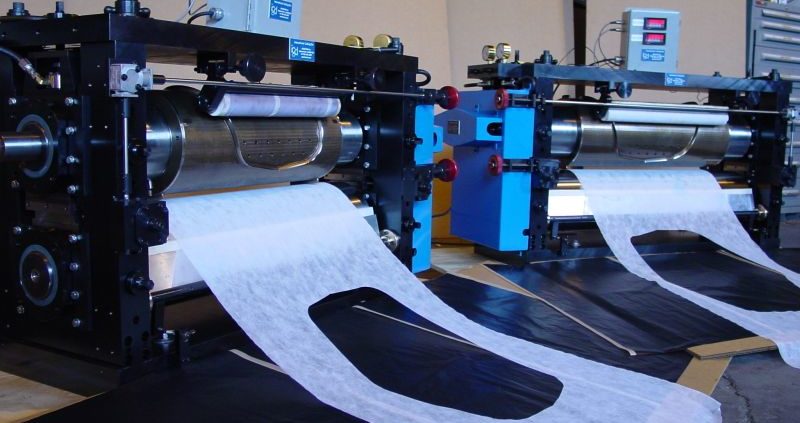Everything You Need To Know About Die Cutting
Die Cutting remains in the shadows of its finished products. The engineering and design that goes into it and the skills of building and maintaining stations are shrouded with the convenience it brings through its produced objects— as it should be. Many of the products that we enjoy on a daily basis have gone through die cutting. But, what is this ‘die cutting’ is? What significance does it bring?
What is die cutting?
Die cutting is fundamentally the process of cutting any material through the use of industry-grade machine or a simple personal cutting equipment (for personal use). It is necessary to produce precise and clean-cut items in mass quantity. To make it easier and more relatable, think “cookie cutter.” Yes! It is like cutting your cookie doughs into those adorable shapes using a sharp cutter, known as a die or a specialized metal sheet with blades to cut through paper, cardboard, fabric, rubber, and more complex materials into the desired shape or form.
Where did it come from?
When you trace the history of die cutting, you’ll find yourself in the Industrial Revolution with a mallet. Shoemakers, apparel creators, and label producers use the mallet to create patterns from leather, which will then be used to create shoes. As technology advances, die cutting has evolved from the manual tools like the mallet to small machine known as the clickers. These are small portable tools that cuts through more than just leather. At present, we now have electronic die cutting equipment connected to computers for digitized control and operations.
What are the different cutting machines?
The two basic machine types are the rotary cutter and flatbed cutter. The rotary cutter deviates from the flat clicker machines, where it has cylindrical or rounded dies and against it is a rounded anvil that is pressed into the material to cut the desired form. The flatbed die cutter is more of a flat-type cutting device instead of the cylindrical press. The die presses the material (i.e. fabric, rubber, paper) mechanically or through a hydraulic press into the press head to create the pattern or form.

What is in the process?
Depending on the type of die machine used and the supplier, processes can vary. It does not, however, veer away from its very function. A rolling die presses materials through a running cylindrical mechanisms that enables you high-volume production. If you use a flatbed die, materials are pressed flatly against two opposing plates that’s as easy as stamping for increased work efficiency.
Where are its applications?
Die cutting is a versatile discipline that cuts across various industries. It finds application in packaging, labeling, plastic materials, clothing, electronics, paper supplies, and medical projects. The important consideration in utilizing cutting dies in businesses is having stations or tapping die cutting suppliers that provide customized design exclusive to your product and service design.
Need Help In Your Die Cutting Needs?
International Cutting Die (ICD) offers a wide variety of capabilities to meet your most challenging die cutting needs. From concept through installation, ICD can partner with you to meet all of your tooling specifications. No matter what your industry, our tooling offers high-performance and maximum efficiency.
Click here to see more of our services: www.icd-inc.com/services/
Contact us at (708) 343 3333 or email info@icd-inc.com for further queries.



